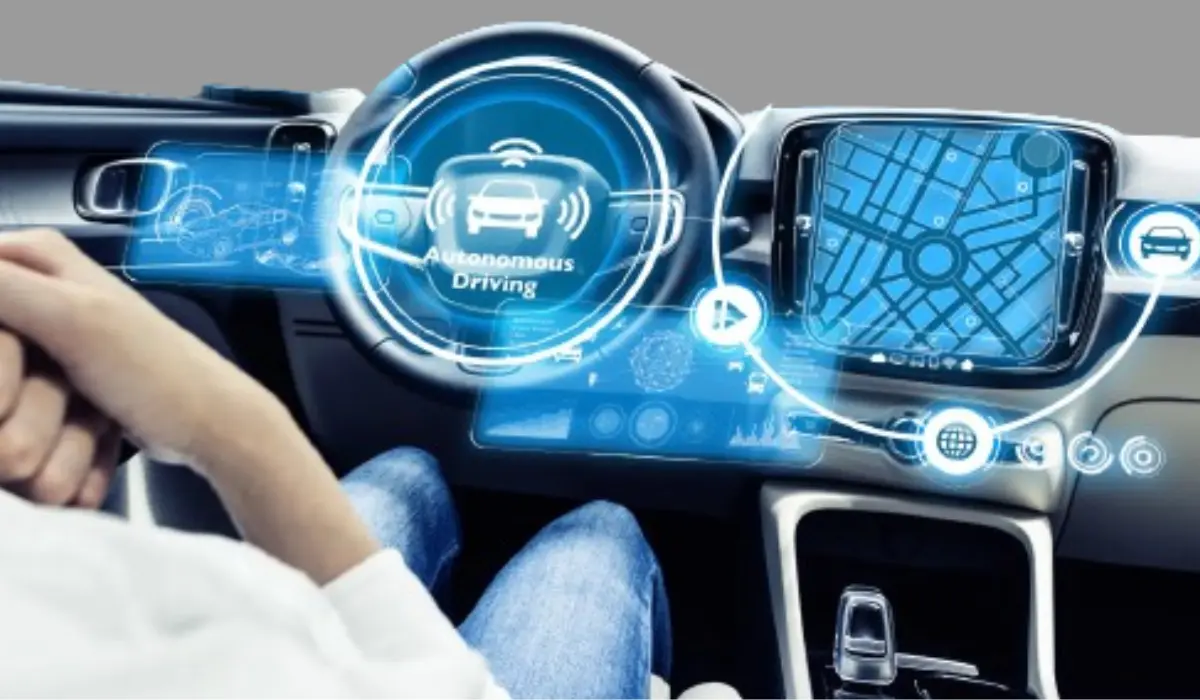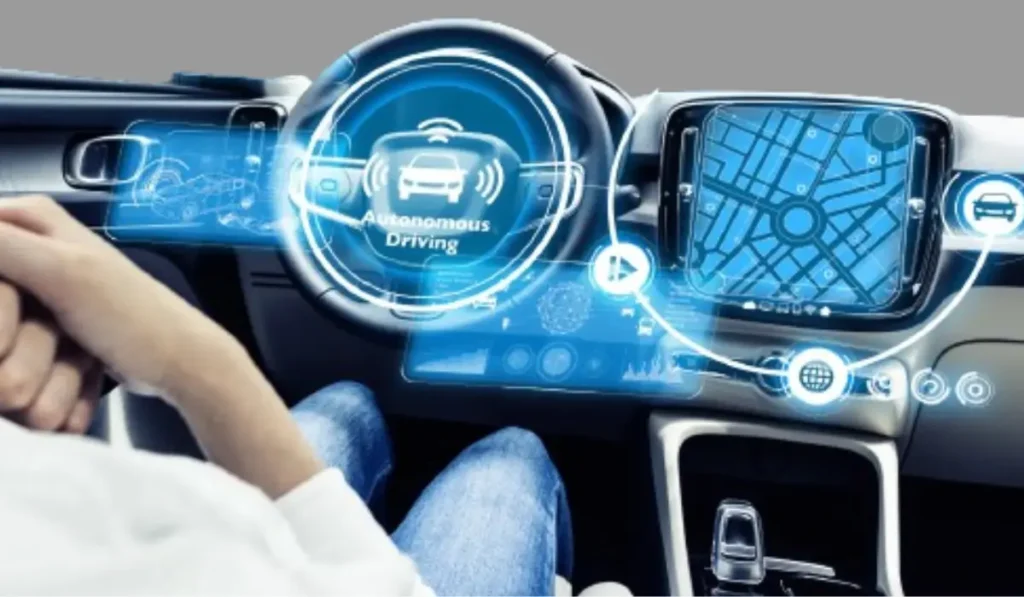In the realm of automotive technology, the integration of advanced imaging systems has sparked a revolution. Significantly transforming the way we drive, navigate, and perceive our surroundings. From enhancing safety features to revolutionizing driver assistance systems, automotive imaging has become a cornerstone in pursuing safer and more efficient transportation.
About Automotive Imaging
Automotive imaging refers to use of cameras and associated technologies within vehicles to capture, process, and interpret visual information from the vehicle’s surroundings. This technology has witnessed remarkable advancements over the years, leveraging innovations in computer vision, machine learning, and sensor technology to offer a comprehensive view of the driving environment.
Importance of Automotive Imaging
Automotive imaging plays a pivotal role in modern vehicles, offering a plethora of benefits that contribute to safety, convenience, and overall driving experience. Its importance spans across various aspects of automotive technology, making it an indispensable component in today’s vehicles. Here are some key reasons highlighting the significance of automotive imaging:
Enhanced Safety
Improved Visibility: Cameras placed strategically around the vehicle provide drivers with an extended field of vision, reducing blind spots and enhancing overall situational awareness. This helps drivers identify obstacles, pedestrians, and other vehicles, thereby minimizing the risk of accidents.
Assistance Systems: Automotive imaging is integral to the development of Advanced Driver Assistance Systems (ADAS), which include features like lane departure warning, automatic emergency braking, and pedestrian detection. These systems rely on cameras to detect and interpret the surrounding environment, enabling timely interventions to prevent collisions and mitigate risks.
Driver Assistance and Convenience
Parking Assistance: Rearview cameras assist drivers in parking by offering a clear view of the space behind the vehicle, making parking maneuvers safer and more convenient.
Navigation and Guidance: Augmented reality displays overlay essential information onto the driver’s field of view, providing navigation directions, speed limits, and traffic alerts in real-time. This enhances situational awareness without distracting the driver from the road.
Adaptive Cruise Control: Cameras and sensors enable adaptive cruise control systems to maintain a safe distance from the vehicle ahead by automatically adjusting the vehicle’s speed. This feature enhances comfort during long drives and reduces driver fatigue.
Autonomous Driving
Perception and Decision Making: Automotive imaging is essential for autonomous vehicles (AVs) to perceive and interpret their surroundings. Cameras, in conjunction with other sensors, help AVs detect and classify objects, recognize traffic signs, and make informed decisions in real time.
Object Detection and Tracking: High-resolution cameras enable AVs to detect and track objects precisely, allowing them to navigate complex traffic scenarios safely.
Improved User Experience
Immersion and Interactivity: Augmented reality displays create an immersive driving experience by overlaying digital content onto the physical environment. This enhances user engagement and makes driving more intuitive and enjoyable.
Customization and Personalization: Automotive imaging systems can be tailored to individual preferences, allowing drivers to customize their display settings, camera angles, and information overlays according to their preferences.
Data Collection and Analysis
Data-driven Insights: Automotive imaging systems generate vast amounts of visual data that can be analyzed to gain valuable insights into driving patterns, road conditions, and environmental factors. This data can be leveraged to optimize vehicle performance, enhance safety measures, and inform urban planning initiatives.
Challenges and Future Directions
While automotive imaging has made significant strides, several challenges persist, and future directions are ripe with opportunities for further innovation and advancement. Here, we explore the challenges facing automotive imaging and the potential future directions it may take:
Challenges:
Adverse Weather Conditions: Automotive imaging systems often struggle to perform optimally in adverse weather conditions such as heavy rain, fog, or snow. These conditions can obscure camera lenses, affecting visibility and hindering the accuracy of object detection and recognition algorithms.
Cybersecurity Concerns: As automotive imaging systems become more interconnected and reliant on digital infrastructure, they are vulnerable to cyber threats such as hacking, data breaches, and unauthorized access. Safeguarding the integrity and privacy of sensor data is paramount to ensuring the security of vehicle systems and passenger safety.
Sensor Fusion and Integration: Integrating data from multiple sensors, including cameras, radar, lidar, and ultrasonic sensors, poses challenges in terms of synchronization, calibration, and fusion algorithms. Ensuring seamless integration and synchronization between different sensor modalities is crucial for accurate perception and decision-making in autonomous driving systems.
Performance in Low-Light Conditions: Automotive imaging systems must perform reliably in low-light conditions, such as nighttime driving or poorly lit environments. Ensuring adequate sensitivity, dynamic range, and noise reduction capabilities in low-light scenarios is essential for maintaining optimal visibility and object detection accuracy.
Real-Time Processing and Response: Processing and analyzing large volumes of visual data in real-time pose computational challenges, particularly in resource-constrained embedded systems. Optimizing algorithms for efficient parallel processing and reducing latency is essential for enabling timely responses in driver assistance systems and autonomous vehicles.
Also Read
Future Directions:
Advancements in Sensor Technology: Continued advancements in sensor technology, including the development of high-resolution cameras, multispectral imaging, and 3D depth sensing, will enhance the capabilities of automotive imaging systems. These advancements will improve object detection, classification, and tracking capabilities, particularly in challenging environments.
Integration with Artificial Intelligence: Leveraging artificial intelligence (AI) and machine learning algorithms will enable automotive imaging systems to learn from data, adapt to changing environments, and make more informed decisions. AI-powered algorithms can enhance object recognition, predictive modeling, and scene understanding capabilities, leading to more robust and intelligent autonomous driving systems.
Robustness in Adverse Conditions: Research and development efforts will focus on improving the robustness of automotive imaging systems in adverse weather conditions. This may involve the development of self-cleaning camera lenses, advanced image processing algorithms for noise reduction and image enhancement, and sensor fusion techniques to compensate for degraded visibility.
Standardization and Interoperability: Establishing standards and protocols for interoperability between different imaging systems and vehicle platforms will facilitate seamless integration and compatibility. Standardized interfaces and communication protocols will enable plug-and-play compatibility, interoperability, and scalability across different automotive platforms and manufacturers.
Ethical and Regulatory Considerations: Addressing ethical and regulatory considerations surrounding the use of automotive imaging systems will be essential for ensuring responsible and safe deployment. This includes considerations related to data privacy, liability, ethical decision-making in autonomous vehicles, and regulatory frameworks for testing and certification.
Conclusion
Automotive imaging has emerged as a transformative force in the automotive industry, reshaping the way we perceive, interact with, and navigate our vehicles and surroundings. From bolstering safety features and enabling advanced driver assistance systems to lay the groundwork for autonomous driving, imaging technology continues to push the boundaries of innovation, promising a future where transportation is not only safer and more efficient but also more immersive and interconnected than ever before. As research and development efforts accelerate, the journey toward fully realizing the potential of automotive imaging is set to redefine the future of mobility.





